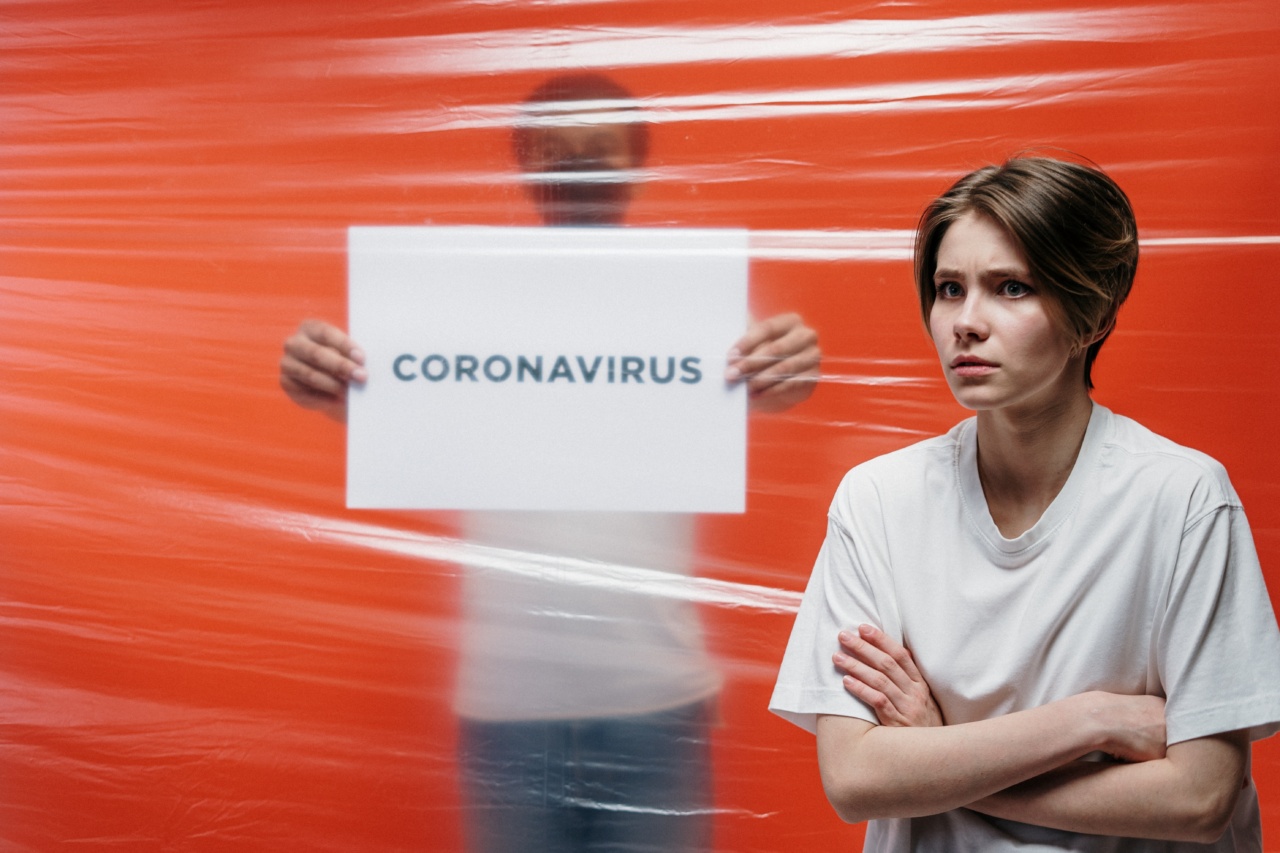Microwaves have become popular in modern kitchens due to their convenience, speed, and efficiency in heating up food. However, some cookware and utensils used in microwaves might not be safe for use.
The most significant concern is how different types of plastics respond to microwave radiation.
What Happens When Plastics Are Heated?
When heated, plastics can release harmful chemicals that can seep into food and drinks and pose a threat to human health.
Plastic containers may not be designed to withstand the high temperatures of a microwave oven, and heating them can release chemicals that endanger human safety.
The Microwave Radiation Factor
Microwaves use radiation to heat up food, foods with high water content absorb this radiation more effectively than others, but plastics react differently to microwave radiation compared to food, especially if they have low melting points.
Always follow the food-grade standards when choosing microwave-friendly plastics.
Types of Plastics and Their Safety in Microwave Ovens
Polyethylene Terephthalate (PET)
PET is often used to make water bottles and other containers. It is safe to use in microwaves but can become warped or deformed if exposed to high temperatures or when heated for long periods, resulting in an increased likelihood of chemical leakage.
High-Density Polyethylene (HDPE)
HDPE is a sturdy, robust, and highly prevalent plastic used in many daily items such as milk bottles, detergent containers, and plastic bags.
It is safe to microwave as it is relatively heat-resistant, but it is crucial to ensure that it is labeled as “microwave-safe”.
Polyvinyl chloride (PVC)
Avoid microwaving with PVC plastic, as it produces harmful gases when heated and may contain pthalates. This plastic is used in plastic wrap, plastic toys, and food packaging.
Low-Density Polyethylene (LDPE)
LDPE is commonly used to make produce and other food bags, squeezable bottles, and food storage containers. It is safe for the microwave, especially when labeled microwave-safe.
Still, it is advisable to ensure that the plastic is in good condition before use.
Polypropylene
Polypropylene is heat-resistant and has a high melting point, making it safe to use in microwaves for reheating food and drinks for short periods. Polypropylene containers also come with microwave-safe labeling.
Polystyrene
Never use Polystyrene in your microwaves. Polystyrene utensils such as Styrofoam are lightweight and great for takeout drinks because of their insulation properties. Still, they present significant health hazards if microwaved.
Heat causes chemical reactions that could release harmful toxins into your food, drinks, or the air.
Others
Other plastics are not recommended for use in microwaves include polycarbonate due to its use of BPA. It’s often found in products such as baby bottles, sports bottles, and reusable beverage containers.
Other types include plastic wrap, melamine, and oven bags.
Safety Precautions when Using Plastics in Microwaves
To ensure the safe use of plastics in microwaves, always keep the following considerations in mind:.
- Choose microwave-safe plastics
- Discard scratched or damaged containers
- Follow manufacturer’s instructions on microwave use
- Avoid using plastic wrap
- Use ceramic, glass, or other microwave-safe materials when possible
- Avoid using plastic with high-fat content foods like cheese or butter. They can break down at higher temperatures and leak harmful chemicals into food.
Conclusion
When using plastics in microwave ovens, safety should always come first. Some plastics are suitable for use in microwaves, but others present significant health hazards and must be avoided completely.
To ensure that your food remains safe, ensure that the plastic is microwave-safe, undamaged, and in good condition before placing it in the microwave.




























